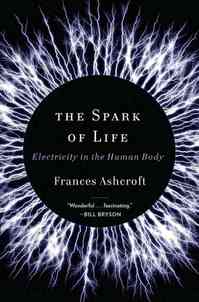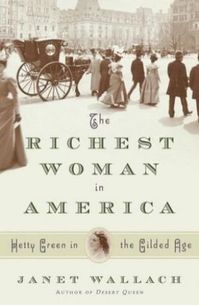(p. 85) As Suketu Mehta, author of Maximum City (about Mumbai), says, “Why would anyone leave a brick house in the village with its two mango trees and its view of small hills in the East to come here?” Then he answers: “So that someday the eldest son can buy two rooms in Mira Road, at the northern edges of the city. And the younger one can move beyond that, to New Jersey. Discomfort is an investment.”
Then Mehta continues: “For the young person in an Indian village, the call of Mumbai isn’t just about money. It’s also about freedom.” Stewart Brand recounts this summation of the magnetic pull of cities by activist Kavita Ramdas: “In the village, all there is for a woman is to obey her husband and relatives, pound millet, and sing. If she moves to town, she can get a job, start a business, and get education for her children.” The Bedouin of Arabia were once seemingly the freest people on Earth, roaming the great Empty Quarter at will, under a tent of stars and no one’s thumb. But they are rapidly quitting their nomadic life and (p. 86) hustling into drab, concrete-block apartments in exploding Gulf-state ghettos. As reported by Donovan Webster in National Geographic, they stable their camels and goats in their ancestral village, because the bounty and attraction of the herder’s life still remain for them. The Bedouin are lured, not pushed, to the city because, in their own words: “We can always go into the desert to taste the old life. But this [new] life is better than the old way. Before there was no medical care, no schools for our children.” An eighty-year-old Bedouin chief sums it up better than I could: “The children will have more options for their future.”
Source:
Kelly, Kevin. What Technology Wants. New York: Viking Adult, 2010.
(Note: italics, an bracketed “new,” in original.)






